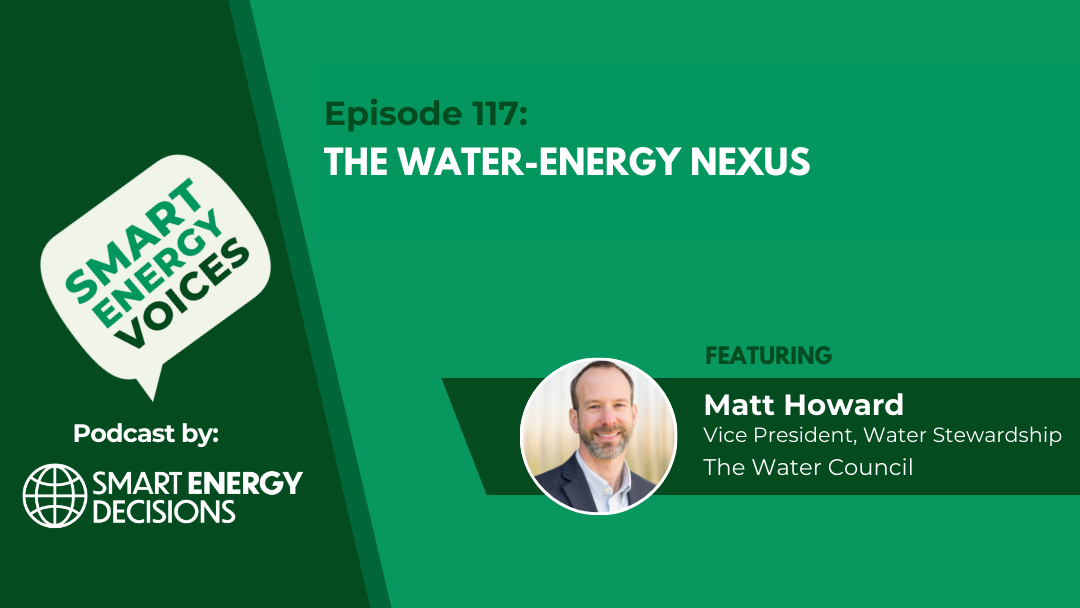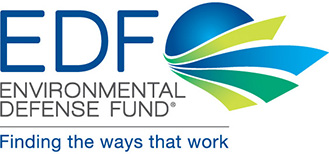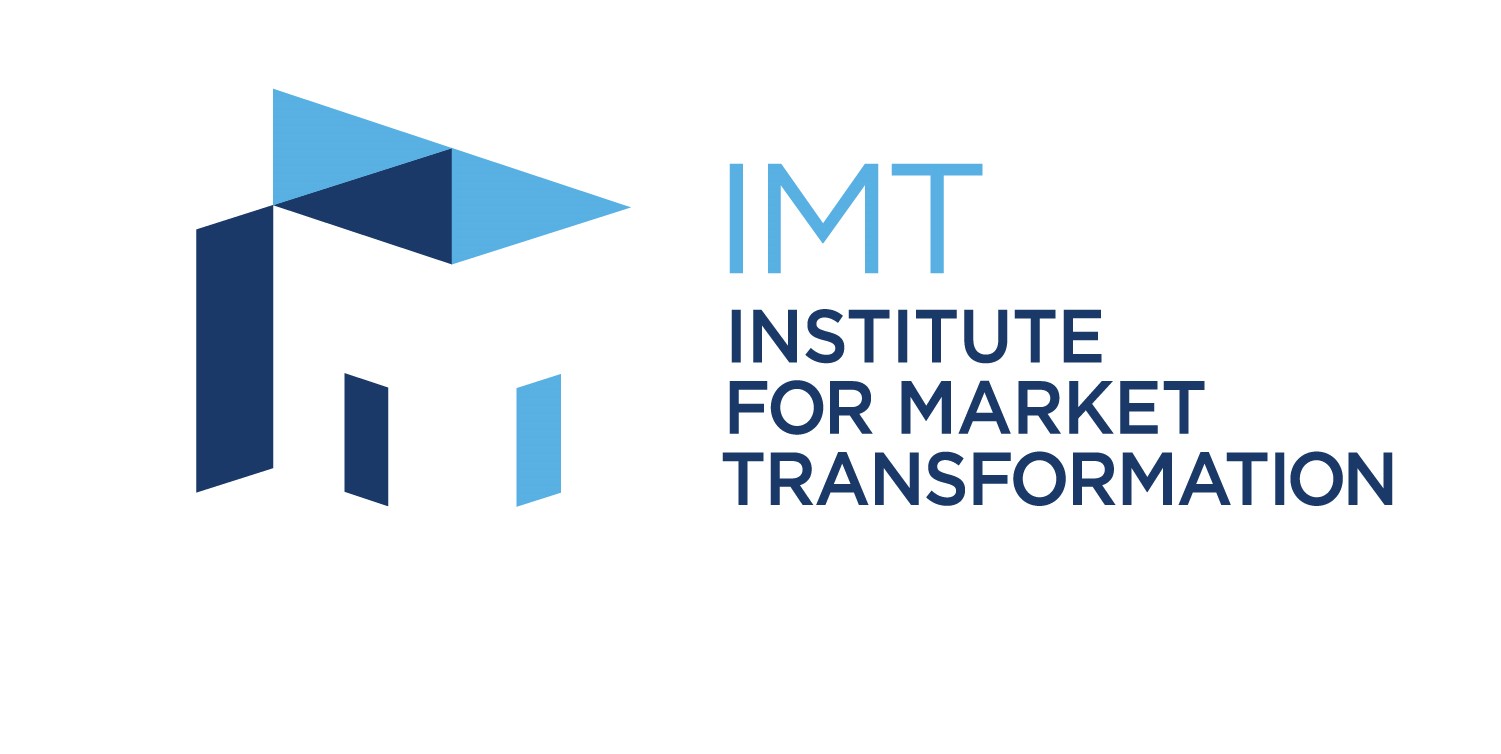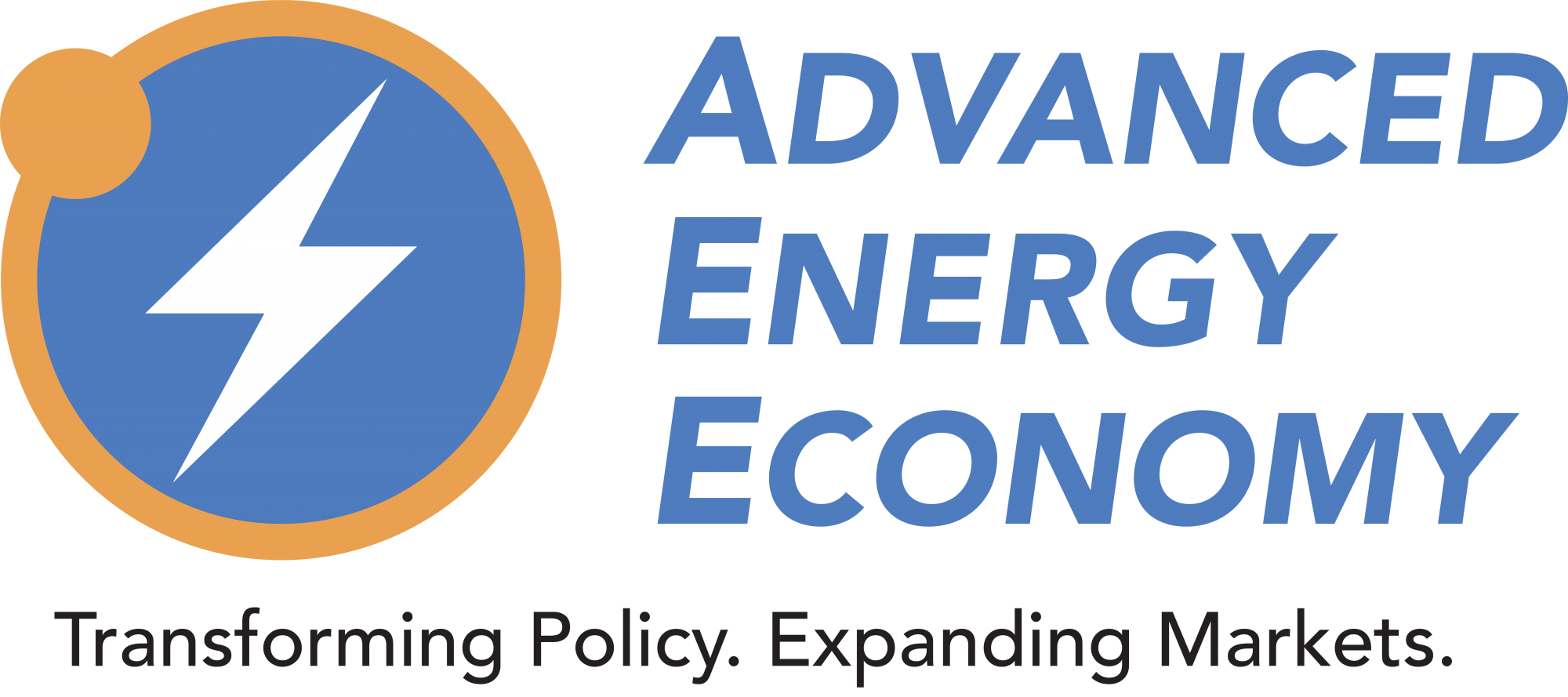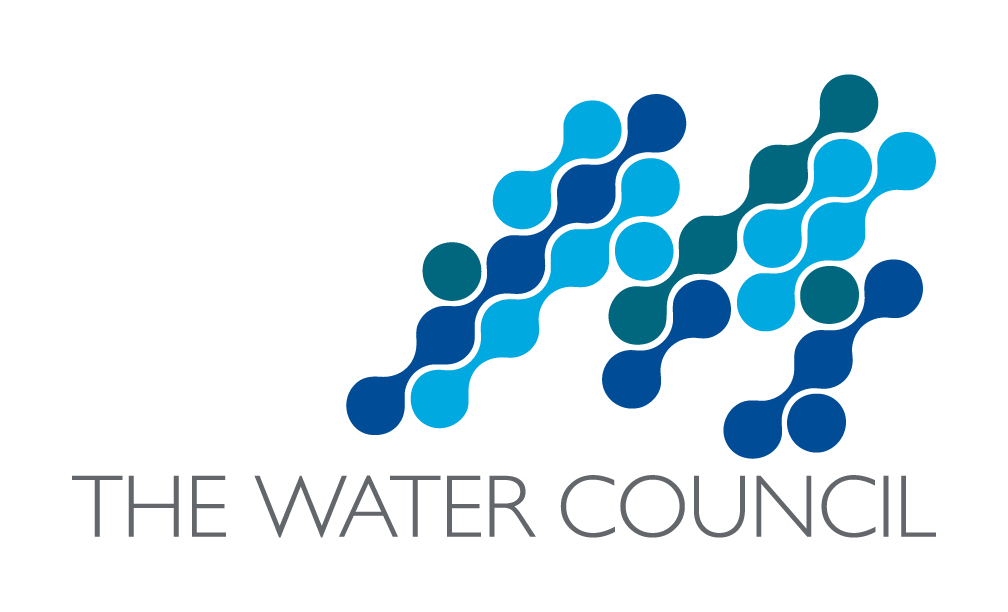Smart Energy Voices - Episode 117
The Water-Energy Nexus
Listen on your Preferred Podcast Player »
In this episode of Smart Energy Voices, host Debra Chanil sits down with Matt Howard, Vice President of Water Stewardship at The Water Council, for perspectives on the evolving landscape of water stewardship and its critical role in corporate sustainability. From record-breaking droughts to new regulations, Matt unpacks the challenges companies face, strategies to build resilience, and why water stewardship goes beyond conservation.
You will want to hear this episode if you are interested in...
- Importance of water stewardship (01:33)
- The nexus of water and energy efficiency (04:35)
- Why water is key to climate strategy (09:50)
- Balancing AI growth with water sustainability (12:18)
- What water stewardship should look like (22:36)
The Future of Water Stewardship
Howard discusses The Water Council’s global efforts to address water quality and quantity challenges. The organization operates two primary platforms: water stewardship, which helps companies become more sustainable in water use, and technology and innovation, which promotes solutions for water management. He also highlights the growing recognition of the water-energy nexus, comparing water sustainability today to the early days of industrial energy efficiency. Over the past few years, companies and organizations have become more intentional about linking water conservation with energy efficiency, leading to new strategies and solutions.
The Growing Impact of Water Scarcity on Energy
Howard explains the deep connection between water use and energy efficiency, particularly in industrial sectors and thermoelectric power. Many energy-intensive processes, such as cooling towers, boilers, and power plants, rely on water. Companies increasingly recognize that reducing water use can simultaneously cut energy consumption, making sustainability efforts more efficient. Howard highlights thermoelectric power plants as the largest water users in the U.S., accounting for nearly 40% of withdrawals, alongside agriculture. He emphasizes that addressing water quality and quantity challenges both supports sustainability and protects ecosystems and biodiversity, reinforcing the critical water-energy-environment nexus.
Why Every Climate Plan Needs a Water Strategy
Howard highlights the connection between water and climate, using the analogy: “If climate is the shark, water is its teeth.” He explains that changes brought about by today's water-related impacts affect different regions uniquely and influence infrastructure, ecosystems, and water availability, making water stewardship a crucial part of climate adaptation strategies.
Why AI’s Growth is a Water and Energy Challenge
The intersection of water management, energy consumption, and emerging technologies is dynamic. Howard talks about AI data centers, highlighting their increasing demand for energy and water. AI-driven computations require more cooling than traditional data centers, leading to concerns about water sustainability. He points out that while AI has the potential to optimize water usage, its infrastructure significantly strains local water resources. Howard underscores the need for responsible siting of data centers, considering water availability alongside energy and workforce factors.
The Future of Water Stewardship
Water stewardship is more than just conservation. It involves sustainable water use, stakeholder engagement, and alignment with local watershed conditions. Howard explains how companies must assess water risks site by site, considering both quantity and quality concerns based on location. There is also an increasing impact of climate change on water availability. Howard stresses that businesses can no longer afford to overlook water risks, as climate-driven events can disrupt supply chains and operations in unexpected ways. Organizations must integrate water stewardship into their broader resilience and sustainability strategies.
The Energy-Water Connection
Howard brings up the critical connection between energy use and water use, urging businesses and sustainability leaders to consider both when seeking efficiencies and cost savings. He highlights three key takeaways: explicit recognition of the energy-water connection, understanding water risk even for low-consumption businesses, and incorporating water stewardship into resilience strategies.
Resources
Connect with Matt Howard
Matt Howard oversees The Water Council’s stewardship initiatives including WAVE: Water Stewardship Verified, water stewardship advisory services and comprehensive professional water stewardship training. Previously, TWC helped establish the Alliance for Water Stewardship (AWS) System globally with specific oversight of North America. Matt created the world’s first professional credentialing program for water stewardship professionals and made the business case for use of the International Water Stewardship Standard (“AWS Standard”) in the North American marketplace. His 15+ years in sustainability program development and management include serving as Milwaukee’s sustainability director and leading sustainable manufacturing initiatives during his time in Washington, D.C., where he worked at the U.S. Department of Commerce and as a staffer in the U.S. House of Representatives. He has an MA from George Washington University and a BA from Valparaiso University. He is AWS and Lean Six Sigma accredited and serves on the WELL Water Advisory and the Wisconsin Governor’s Wetlands Study Council. He served on the U.S. EPA’s National Advisory Council on Environmental Policy and Technology from 2014 to 2019.
- Smart Energy Decisions
-
Follow us on LinkedIn
Subscribe to Smart Energy Voices on
If you're interested in participating in the next Smart Energy Decisions Event, visit smartenergydecisions.com or email our Community Development team at [email protected]
Apple Podcasts, Google Podcasts, Android, Spotify, Stitcher, TuneIn Radio, aCast, PlayerFM, iHeart Radio

